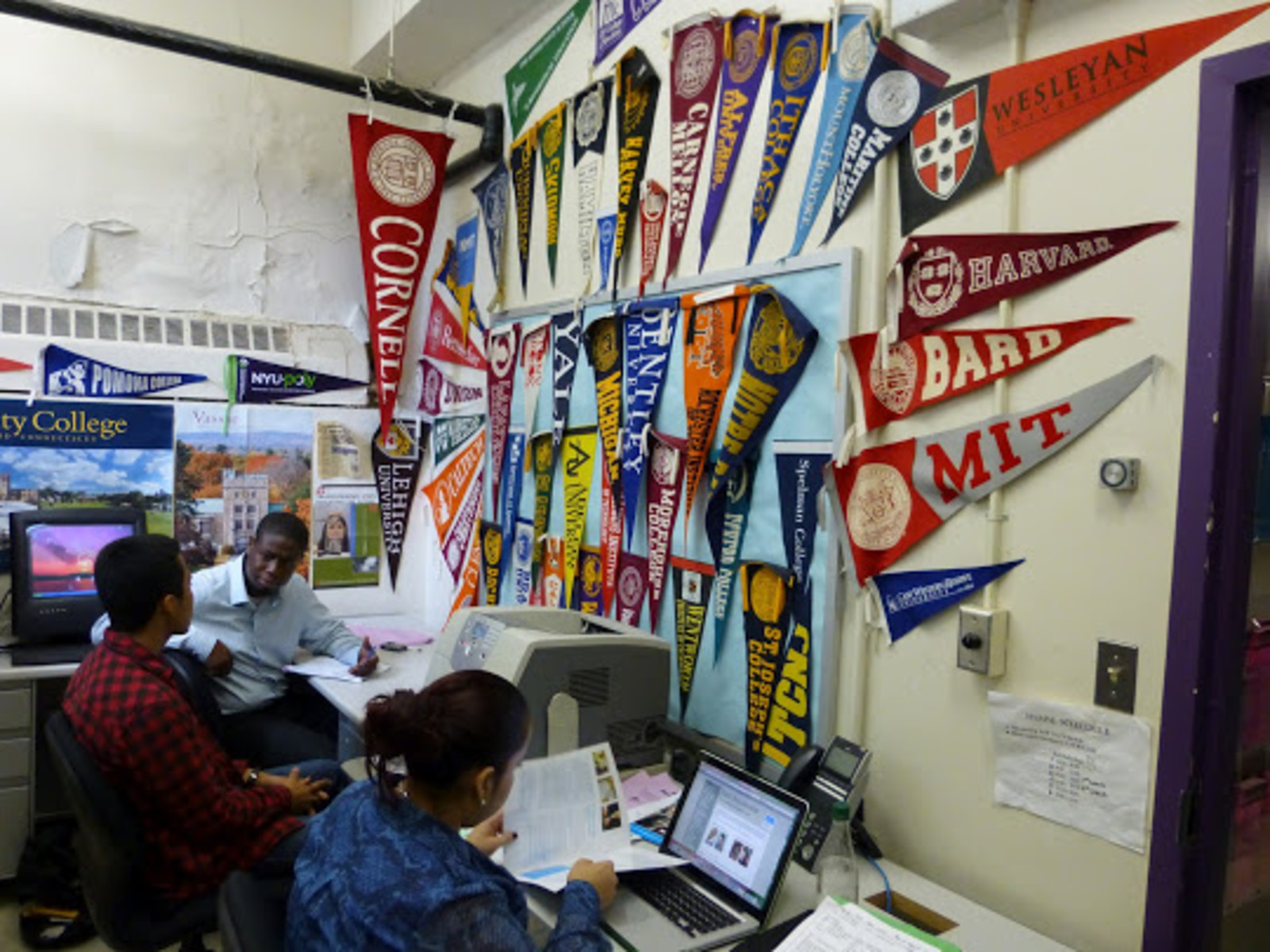College Counselor: Why does college cost so much?

Q: Over the summer, we took our daughter to visit a number of colleges. We saw a lot of impressive things: beautiful buildings, nice dorms, modern labs, and so forth. But the cost! We have heard our friends telling us how much college is costing them, but we never actually realized it until now. The cost of going to college is more than many people even make in a year! Why is it so expensive?
A: It costs a lot to run a college. What students pay covers some, but not all of the cost. There are the faculty salaries (plus benefits like health insurance), generous administrators’ salaries (the college president, vice presidents, provosts, vice-provosts, deans, associate deans, assistant deans, and so forth), and staff salaries (the department managers, administrative assistants, librarians, admissions staff, student services directors, and so on). What about infrastructure? Buildings have to be maintained by the buildings and grounds crew, heat and electricity must be provided, buildings painted when needed to keep a fresh look. Libraries must stay current by ordering the latest books and renewing subscriptions to journals. Maybe the Classics Department doesn’t have to order many new items from year to year, but the Biology and Chemistry Departments need new equipment all the time.
You get the picture. A school’s budget is enormous.
And yet…
The cost of attending college has risen much higher than the cost of living. What could account for that? Those of us who went to college some time back remember that dorms were kind of crummy (some still are), but we put up with because it was college. The cafeteria food wasn’t great (remember “mystery meat”?), but hey, it was college. These days, everything has to be state-of-the-art to entice the applicants: dorms rooms that are more like hotel suites, varied cuisines displayed alluringly at dining hall food stations and top-notch equipment in the student recreation center.
And today’s colleges advertise—a lot. There was little of that 30 or 40 years ago. Back then, if you were interested in a college, you wrote to them and they mailed you a catalog that listed all the courses offered and if you were lucky, there were two or three photographs included. Today colleges have websites, glossy recruitment brochures and videos—all produced at high cost. They also pay the College Board for names to add to its mailing and e-mailing lists. True, a number of high-profile colleges do not advertise—because they do not need to. But they are in a tiny, elite minority. Most colleges are in a competitive scrum to fill their seats.
I am just raising issues for you to consider. But this does not help you with planning for your own family’s expenditures. So here is some practical advice:
Think seriously about public colleges and universities. Their tuition, and therefore overall cost, is usually at least $10,000 less than private colleges of comparative size and value.
Your best value will be your own state university. Save the pricey schools for professional or graduate school.
Remember that the projected cost you see is the “sticker price” —what is charged before financial aid and scholarships are offered. If your daughter is a good student, more financial incentives might be forthcoming from a school that is eager to have her enroll. Make sure to complete the FAFSA (Free Application for Federal Student Aid) on time to improve your chances of getting some financial aid. You can learn more about completing the FAFSA at www.understandingfafsa.org.
Lots of us worked our way through college and we did fine. See if you can find schools offering “work-study” arrangements.
These ideas may help you and your family contain the high costs of college. Today’s market pressures are making many schools adopt a business model for their operations. You too can use this strategy. You are consumers looking for high quality and solid value and schools that want your money need to be accountable for their costs.
Please Post Comments